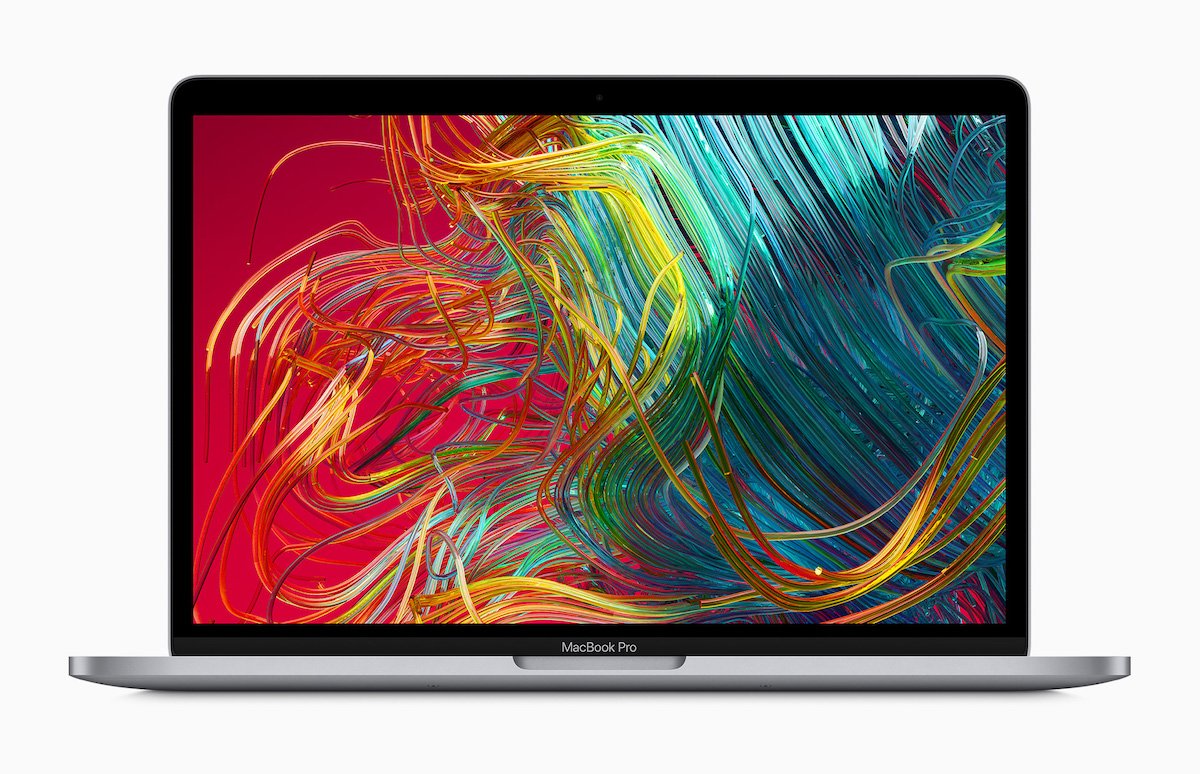Apple will start the transition of Macs to its own ARM-based processor later this year. This transition will improve Mac performance by many times but users will no longer be able to run Windows in Boot Camp mode on it.
Rumors of Apple manufacturing it own ARM processors had been circulating in the industry for a while and the official announcement of Apple Silicon to replace Intel Core chip in future Macs at the Worldwide Developers Conference 2020 on June 22, legitimatized those rumors.
CEO, Tim Cook detailed the 2 years transition and release time frame of the Apple Silicon Mac, starting with the release of the first generation Mac with won ARM-based Chip in later this year.
ARM-based Macs will end Boot Camp
In an interview with the Daring Fireball blog about WWDC 2020, Apple SVP, Craig Federighi talked about how the switch to ARM-based processor from Intel processors means that the new Macs will not be able to run Windows 10 natively but Federighi said that there is a replacement of Boot Camp in the new Macs to run Windows 10. He said:
“Purely virtualization is the route, but these hypervisors can be very efficient, so the need to direct boot shouldn’t really be the concern.”
The Apple Silicon Macs will support parallel desktops, so users will be able to run Linux and Windows apps as demonstrated by the company’s engineers in various video sessions for developers during June 22-26 week at WWDC 2020 .

Virtualization replacement of Boot Camp
Apple says that users of the new ARM-based Macs will still be able to run other operating systems, but it will have to occur via virtualization. So this new should not disappoint Mac users who have been using Boot Camp to switch between macOS and Windows on a single machine since its release in 2006,
- Users will have to install third-party software to run Windows on a macOS device.
- Another way it could be possible to have Windows on the new Macs is through an ARM-based version of Windows 10, that Microsoft uses for Surface devices.
The downside of Virtualization is that the process consumes from RAM and CPU, which could slow down your computer.
According to The Verge, Microsoft doesn’t sell its operating system to consumers. Instead, it is sold to PC makers to preinstall on new hardware. In a statement, a Microsoft spokesperson said that the company only licenses Windows 10 on ARM to OEMs, and that it had nothing further to share at this time.
3 comments